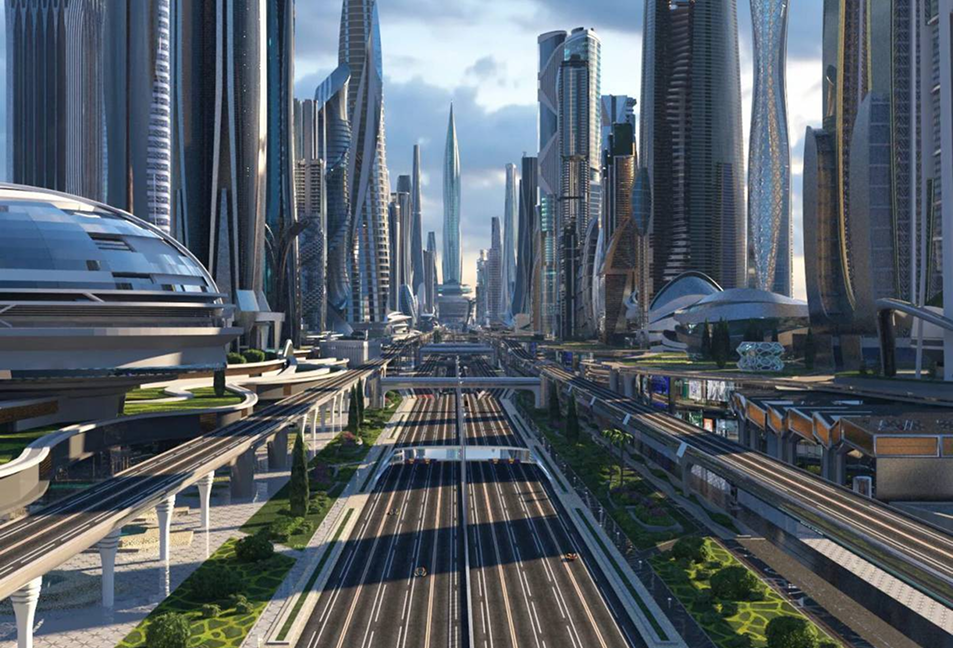Urbanisation in the United Kingdom is shaping not only the physical fabric of cities but also social dynamics, economic patterns and environmental strategies. With a growing population, technological acceleration, and the need to respond to climate change, UK cities face complex challenges that require integrated planning, innovation, and participatory governance. The transformation of urban spaces is increasingly driven by a combination of demographic pressure, sustainability imperatives, digital technologies, and evolving mobility and housing demands.
Population growth and spatial pressures
UK cities are experiencing sustained population growth, particularly in London, Manchester, Birmingham, and emerging urban hubs across the Midlands and Scotland. Migration—both domestic and international—adds complexity to urban demographics, increasing the need for housing, public services, and transport infrastructure. Densification in central districts coexists with suburban expansion, creating diverse urban typologies and pressures on land use. Planning policies now emphasise mixed-use developments, vertical housing, and the re-purposing of underutilised industrial sites to accommodate growth while maintaining livability.
Smart technologies and digital infrastructure
The concept of “smart cities” has gained traction in the UK as municipal authorities deploy digital infrastructure to improve urban life. Sensors, IoT networks, and data-driven platforms monitor traffic flows, air quality, energy use, and public safety. Predictive analytics inform maintenance schedules and resource allocation, while mobile apps enable residents to interact with local services and report issues in real time. These technologies aim to increase efficiency, reduce environmental impact, and enhance citizen engagement, but also raise concerns around data privacy, digital inclusion, and algorithmic governance.
Mobility and sustainable transport
Transport systems are central to the evolution of future cities. The UK is shifting from car-centric models toward integrated, sustainable mobility networks. Urban planners increasingly promote cycling infrastructure, pedestrianisation, low-emission zones, and electrified public transport. Autonomous vehicle trials and mobility-as-a-service platforms are emerging in cities such as London and Coventry, offering potential solutions for congestion and accessibility. The behavioural transformation of residents—encouraging public transport use, active travel, and reduced reliance on private vehicles—is a key goal, with policy incentives and urban design shaping adoption.
Climate resilience and green urbanism
Environmental sustainability is a defining factor in city transformation. Rising urban temperatures, increased flooding, and air pollution drive the integration of green infrastructure, energy-efficient buildings, and resilient drainage systems. UK cities are investing in urban forests, rooftop gardens, green corridors, and flood plains to mitigate climate impact while enhancing quality of life. Regenerative urban design incorporates water-sensitive planning, biodiversity enhancement, and circular economy principles, ensuring that cities are not only resilient but also restorative.
Housing innovation and social inclusion
Housing remains one of the most pressing urban challenges. Innovative solutions include modular and prefabricated construction, adaptive reuse of commercial buildings, and co-living arrangements. UK cities are seeking to balance affordability with sustainability, addressing shortages in both private and social housing sectors. Urban transformation also emphasises inclusivity: planning processes increasingly incorporate community participation, ensuring that redevelopment projects reflect local needs and preserve cultural and historical identity.
Mixed-use districts and the reimagined urban core
Future urban centres in the UK are likely to move beyond single-function zoning. Mixed-use districts integrate residential, commercial, cultural, and recreational spaces, fostering vibrant, 24-hour communities. The adaptive reuse of former industrial areas, waterfront regeneration, and integration of creative industries are reshaping city cores. Public spaces are designed for flexibility, supporting markets, performances, outdoor activities, and social gatherings. Such multifunctional planning enhances social cohesion and supports economic diversification.

